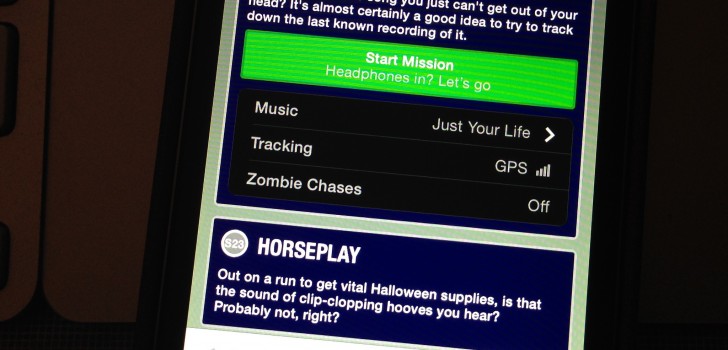Researchers have found that more Americans are substituting physical conversation with virtual indulgence and using their cell phones in most of their social gatherings despite a majority saying the use of these phones is unwarranted and frankly interferes with conversation.
The recent research by Pew Researchers noted that Americans were spending more time on their phones during social gatherings, instead of following along with the conversation. In the survey, of 3,217 people, 3,042 were cell phone users who were polled on different aspects of mobile usage.
The results showed that some 92 percent of U.S. adults have a phone of whom 90 percent said their phones are always with them. A shocking 45 percent said they never turn their phone off.
So much entrenched in cell phone usage are Americans that 77 percent of adults reckoned it was okay to use cell phones while walking down the street, 38 percent thought phone usage in a restaurant was okay while 5 percent of Americans do not mind mobile usage in meetings.
The “always-on” mentality reared its head even in social gatherings, where physical attention was vital. Most Americans said that their use in meetings hurt the flow of the group conversations, even when they themselves were anxious to use their own.
When asked whether mobile usage hurt their conversations, 82 percent acknowledged that it did while 33 percent said the use actually contributed to the group’s conversation.
The results also indicated that women were more likely to feel hurt from cell phone usage in groups (41 percent) than men (32 percent). For those over 50, 45 percent saw it as inadmissible in social gatherings while only 29 percent of the younger generation concurred.
The statistics did reveal that more people are becoming conscious of mobile usage in gatherings.
Overall, more people felt their use hurt the conversation than those who did not.
When asked whether they had used their cell phones during their last social gathering, a shocking 89 percent said they had used their phones. In addition, 86 percent reported that someone else in the group was also using their phone.
The results revealed a form of social influence that made it easier and eve more admissible to use cell phones where another member of the group was also using theirs.
When initially asked why they were using their phones, the responses varied immensely. Of those polled, 16 percent said they did so because they were no longer interested in the conversation, 10 percent sad they were avoiding participating in the group.
However, it was more often than not that they were doing so for reasons connected to the meeting.
Up to 45 percent said they were on their phones to post a video or picture of the gathering, 41 percent did so to share something that had occurred in the gathering, 38 percent sought information on a topic they were discussing while 31 percent used their cells phones to connect with other not in the group.
Overall, 78 percent used their phones for these “group contributing” reasons as compared to 30 percent who were retreating from the group.
Phone etiquette in America is evolving. It is increasingly becoming admissible to use cell phones in almost all aspects of human life even when one’s absolute attention is required. More shocking was that the general trends in usage were similar across different demographics such as age and sex. Soon, all of America may just turn into phone staring zombies, completely oblivious of their surroundings, a phenomenon that isn’t actually science fiction: Researchers in Japan have documented this behavior, where mobile usage is regarded as being five to ten years ahead of North America.
Stay Connected